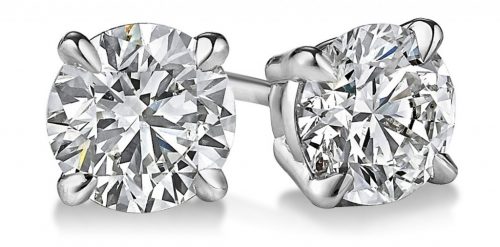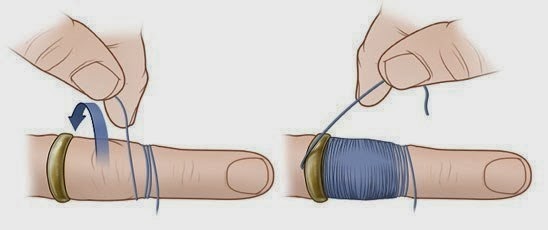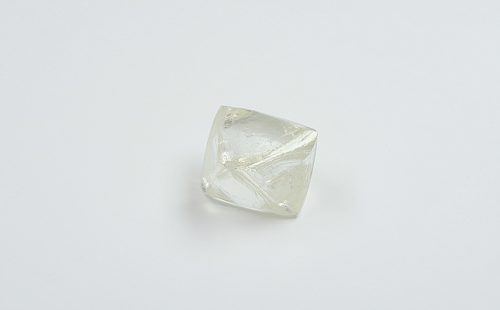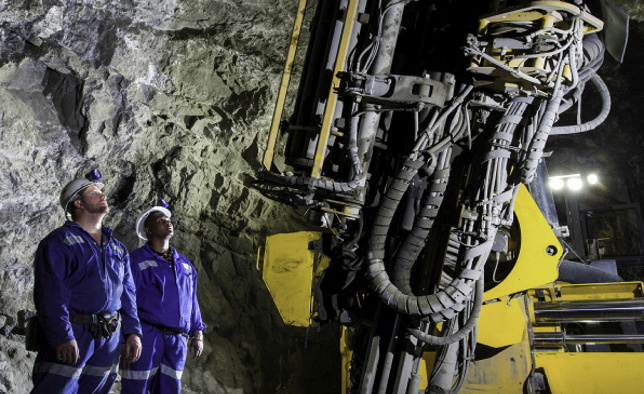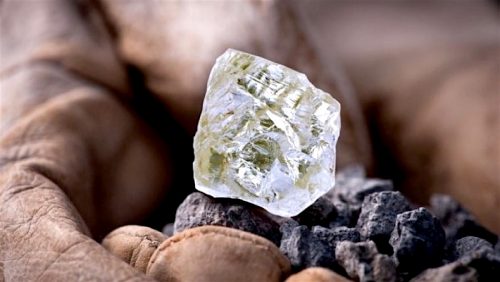
In a press release, the Anglo Australian miner said that the new open-pit pipe will provide an important source of “incremental supply over the next four years to sustain production levels at the Rio Tinto operated mine.”
In the same statement, the company explained that A21 is located adjacent to Diavik’s existing mining operations in the Lac de Gras area. It took four years to build the pipe and first ore was delivered in March. Rio expects it to be at full production during the fourth quarter of 2018.
“It is a remarkable achievement to deliver this project safely and ahead of time in such a challenging environment, positioning Diavik to continue meeting the demand for its outstanding diamonds,” Rio Tinto Copper & Diamonds chief executive, Arnaud Soirat, said in the brief.
Some $350 million were invested in the construction of A21, with the financial burden shared between Rio and joint venture partner Dominion Diamond Corporation, the latter in control of 40 per cent of the operation.
As a whole, Diavik started activities in 2003 and has an annual production of some 6-7 million carats of predominantly large, white gem-quality diamonds.
Source: mining.com

